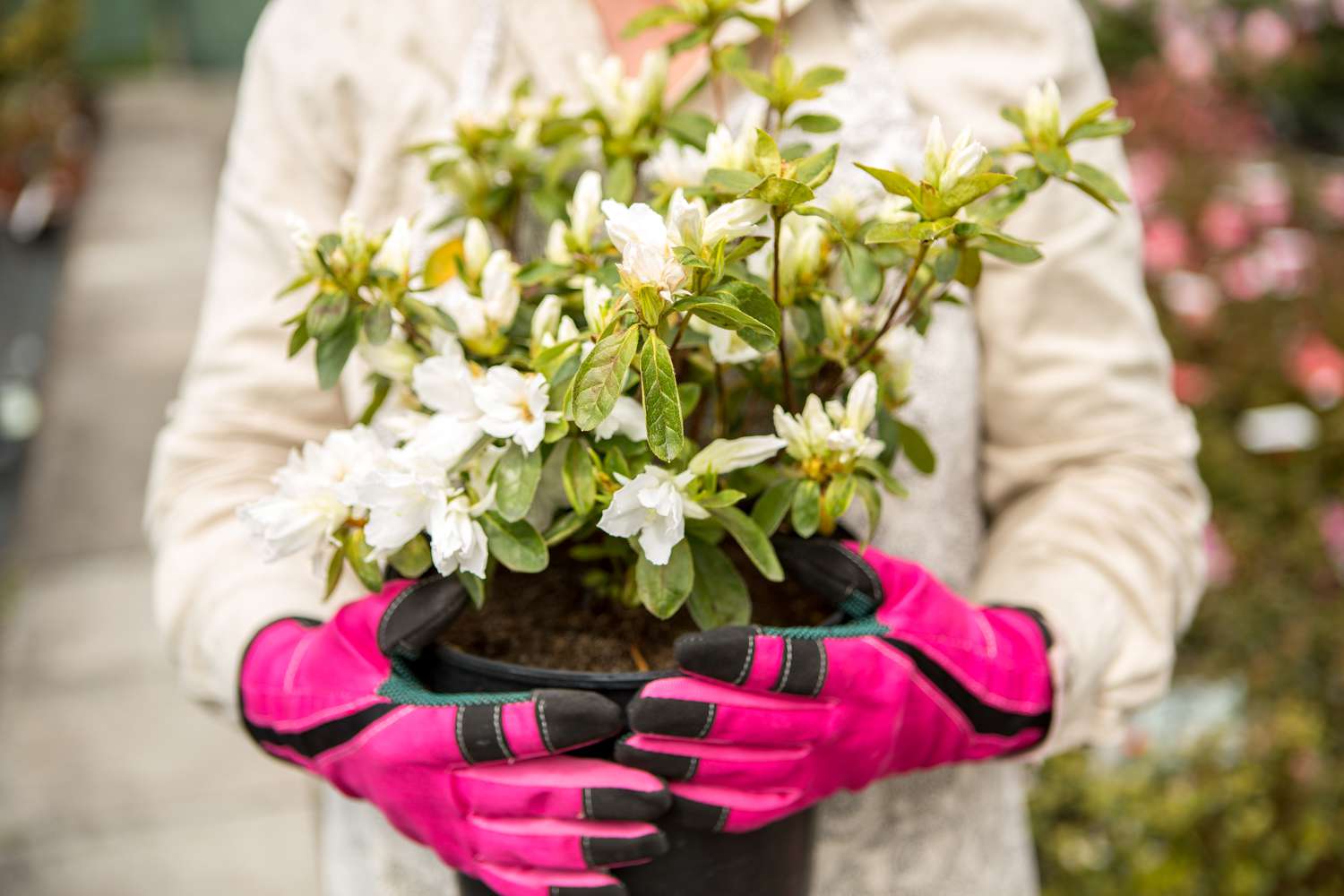
The 4 Most Effective Ways to Remove Grease From Kitchen Cabinets, According to Pro Cleaners
Over the days and weeks spent cooking, eating, and just generally living in your kitchen, some dirt and grime is bound to build up. This is especially the case on kitchen cabinets—the place where hot oil splatters up, where dust accumulates, and where greasy hands reach to open them.
When it comes time to degrease your kitchen cabinets, there are a few methods to get the gunk off easily. Here, cleaning experts reveal their favorite ways to make cabinets look as good as new.
Dawn Dish Soap
Is there anything Dawn dish soap can’t do? “I absolutely recommend it for degreasing kitchen cabinets, as it cuts through the grease easily and won’t cause damage,” says Aminah Vieira, head of marketing and innovation at InspireClean. “It’s easy to use, and you’re likely to always have it on hand, so it’s ideal when you need to give the kitchen a quick once-over.”
This liquid gold (or blue?) is a pro cleaner favorite, but other degreasers will also do the trick. “At Dashing Maids, we use either warm soapy water—Dawn dish soap is great—or a more concentrated degreaser like Citra Solv to remove heavy grease buildup around stoves and on cabinets,” says Ashley Kidder, cleaning expert and CEO of Dashing Maids.
White Vinegar
Regular white vinegar, another household staple, can quickly wipe away the grease. It’s the preferred way to degrease cabinets for Forrest Webber, owner of Bear Brothers Cleaning. Simply mix equal parts vinegar to water and gently rub with a cloth.
Webber cautions against using aggressive cleaners as they may damage your cabinetry. “We never want to put harsh chemicals on our cabinets because they can easily leave marks,” he says.
Baking Soda
If Dawn and vinegar aren’t getting the job done—or if you’re trying to get tomato sauce stains off white cabinets—there’s another method. “Combine baking soda with a small amount of water to create a paste,” says Alicia Sokolowski, CEO of AspenClean, an all-natural cleaning product and services company. “Apply it to the greasy spots, let it sit for a few minutes, then gently scrub and wipe clean with warm water.”
Water-Dampened Microfiber Cloth
The key to many of these methods is wiping or scrubbing with a soft cloth. The pros say to opt for microfiber for the best results. And in some cases, just using microfiber with warm water can clean up your cabinets and knobs!
Extra Tips
Conversely, steer clear of rough or abrasive materials and chemicals to eliminate stuck-on grime. “I recommend always avoiding harsh chemicals like bleach, which may strip cabinet finishes,” says Rosa Picosa, a cleaning expert with Fabuloso. “Also, abrasive scrubbing tools can scratch or dull cabinet surfaces when cleaning this area.”
Another piece of advice from Picosa? Add cleaning the cabinets to your routine at least once a month. “This will help grime from building up too much, making your cleaning easier,” she says. “And when you do degrease your cabinets, make sure to work top to bottom and do this task first before tackling the rest of your kitchen.” Clean the counters and floors afterward for the best results.










